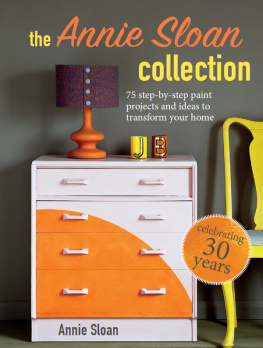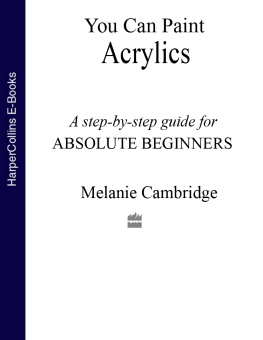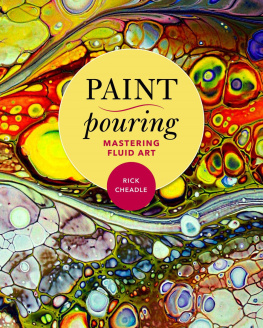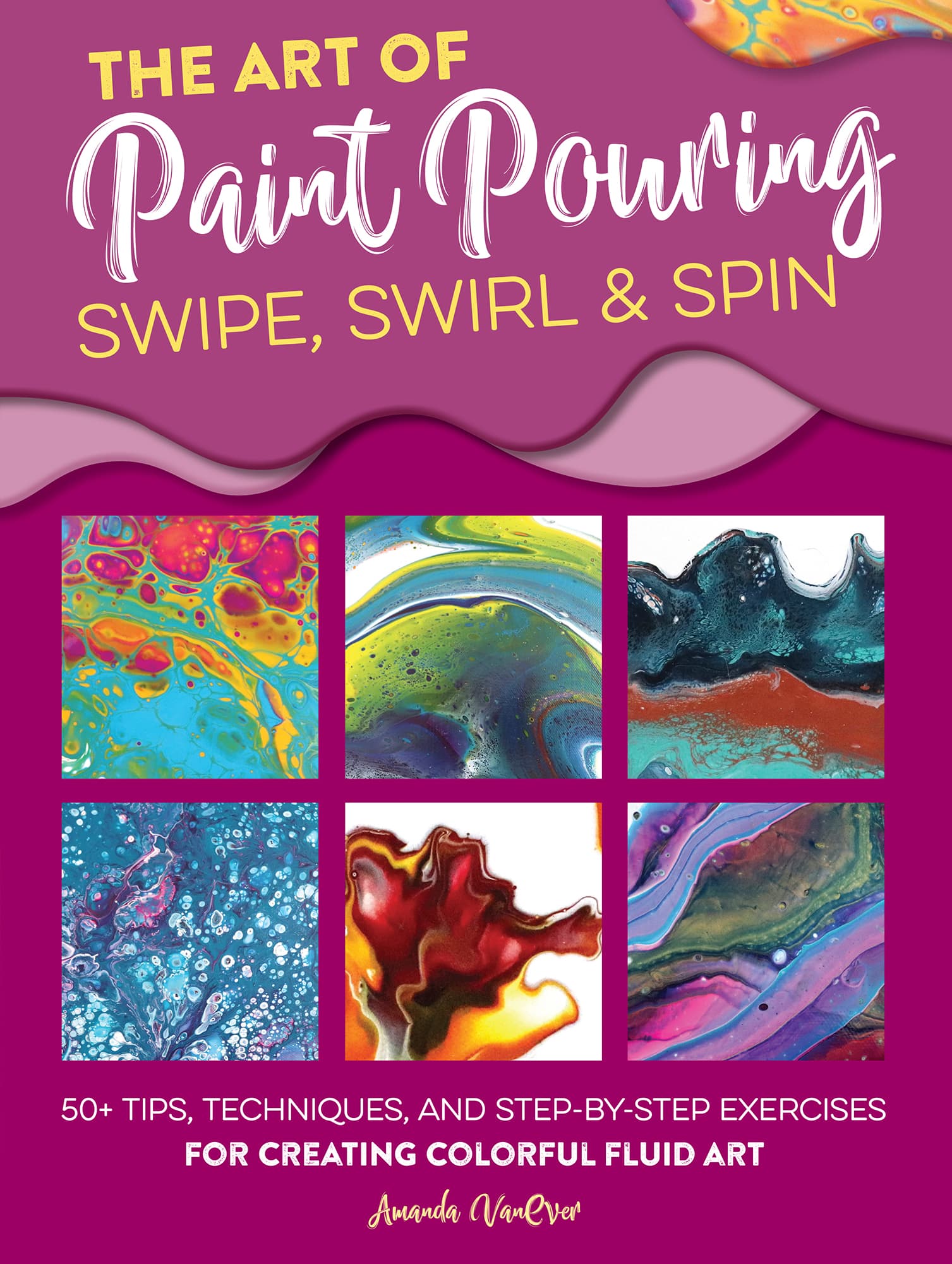Amanda VanEver - The Art of Paint Pouring: Swipe, Swirl & Spin: 50+ tips, techniques, and step-by-step exercises for creating colorful fluid art
Here you can read online Amanda VanEver - The Art of Paint Pouring: Swipe, Swirl & Spin: 50+ tips, techniques, and step-by-step exercises for creating colorful fluid art full text of the book (entire story) in english for free. Download pdf and epub, get meaning, cover and reviews about this ebook. year: 2020, publisher: Walter Foster Publishing, genre: Home and family. Description of the work, (preface) as well as reviews are available. Best literature library LitArk.com created for fans of good reading and offers a wide selection of genres:
Romance novel
Science fiction
Adventure
Detective
Science
History
Home and family
Prose
Art
Politics
Computer
Non-fiction
Religion
Business
Children
Humor
Choose a favorite category and find really read worthwhile books. Enjoy immersion in the world of imagination, feel the emotions of the characters or learn something new for yourself, make an fascinating discovery.

- Book:The Art of Paint Pouring: Swipe, Swirl & Spin: 50+ tips, techniques, and step-by-step exercises for creating colorful fluid art
- Author:
- Publisher:Walter Foster Publishing
- Genre:
- Year:2020
- Rating:3 / 5
- Favourites:Add to favourites
- Your mark:
The Art of Paint Pouring: Swipe, Swirl & Spin: 50+ tips, techniques, and step-by-step exercises for creating colorful fluid art: summary, description and annotation
We offer to read an annotation, description, summary or preface (depends on what the author of the book "The Art of Paint Pouring: Swipe, Swirl & Spin: 50+ tips, techniques, and step-by-step exercises for creating colorful fluid art" wrote himself). If you haven't found the necessary information about the book — write in the comments, we will try to find it.
Learn even more paint pouring techniques with The Art of Paint Pouring: Swipe, Swirl & Spin.
In The Art of Paint Pouring, you learned the basics of creating fluid artfrom the essential tools and materials to the most popular techniques. Now with The Art of Paint Pouring: Swipe, Swirl & Spin, you can build on your existing knowledge of paintpouring by learning many new techniques and variations on your favorites to create your own art.
Written and illustrated by Amanda VanEver, author of Walter Fosters much-anticipated The Art of Paint Pouring, The Art of Paint Pouring: Swipe, Swirl & Spin includes everything you need to take your skills to the next level, whether you are a beginning or an established paint pouring artist. From learning variations on several popular techniquesincluding flip cup, dip, swirling, spinning, and swipingas well as more intermediate and advanced pouring techniques, youll soon be creating colorful, textured fluid art on a variety of surfaces.
Amanda VanEvers YouTube channel, Amandas Designs, has a huge following of subscribers who watch her weekly videos featuring simple instructions for creating various types of fluid art, from pieces done on canvases and other traditional surfaces, like wood, to objects such as jewelry, bookmarks, coasters, clocks, and vases. With her expertise, youll learn about:
The Art of Paint Pouring features beginning as well as advanced pouring techniques for a well-rounded, appealing approach to fluid art.
Also from the Fluid Art series, refresh your paint-pouring skills and learn new techniques with: The Art of Paint Pouring and The Art of Paint Marbling.
Amanda VanEver: author's other books
Who wrote The Art of Paint Pouring: Swipe, Swirl & Spin: 50+ tips, techniques, and step-by-step exercises for creating colorful fluid art? Find out the surname, the name of the author of the book and a list of all author's works by series.




















